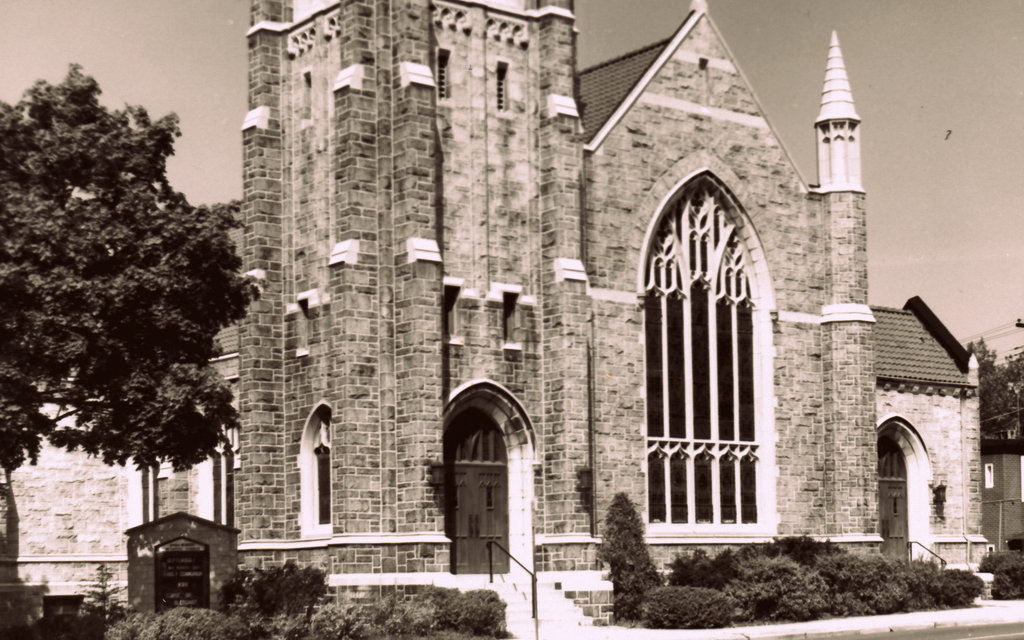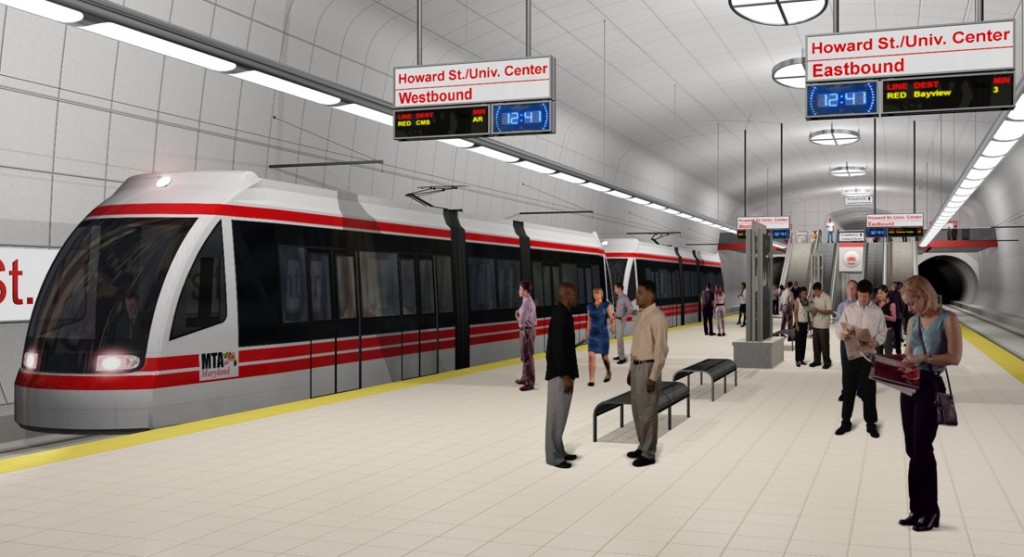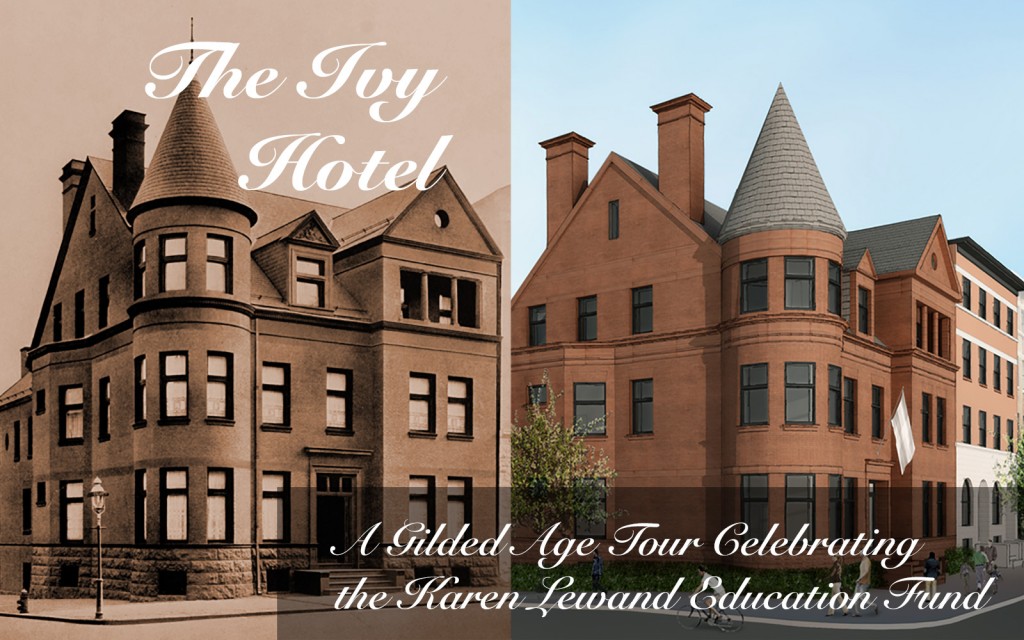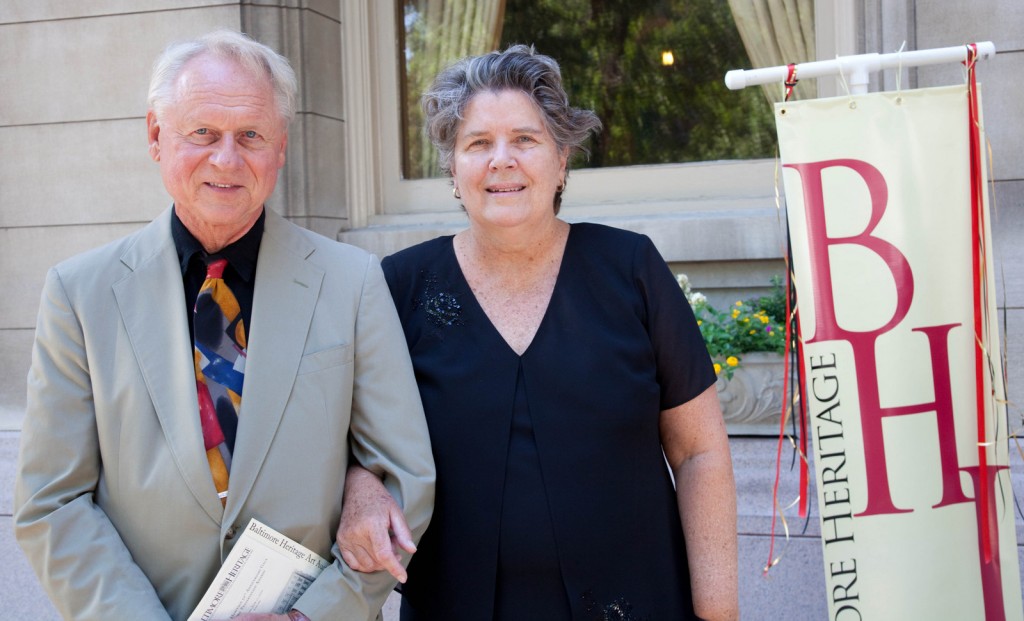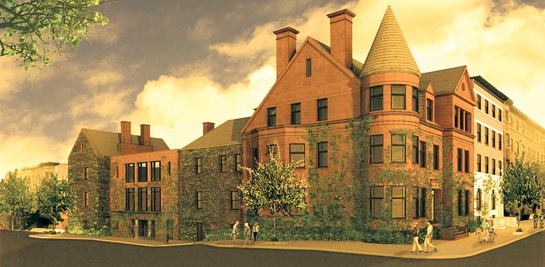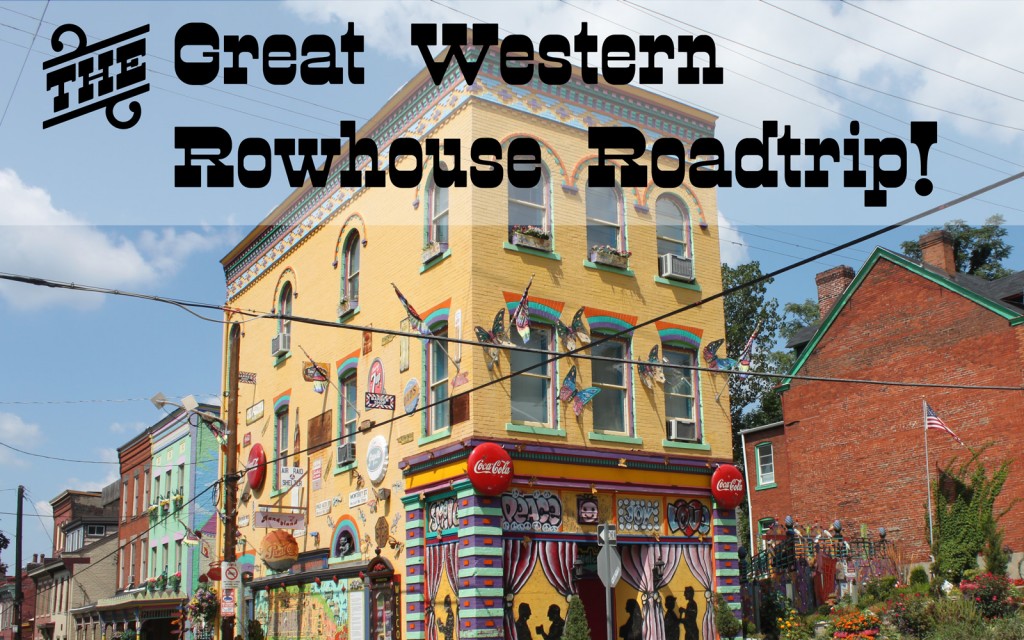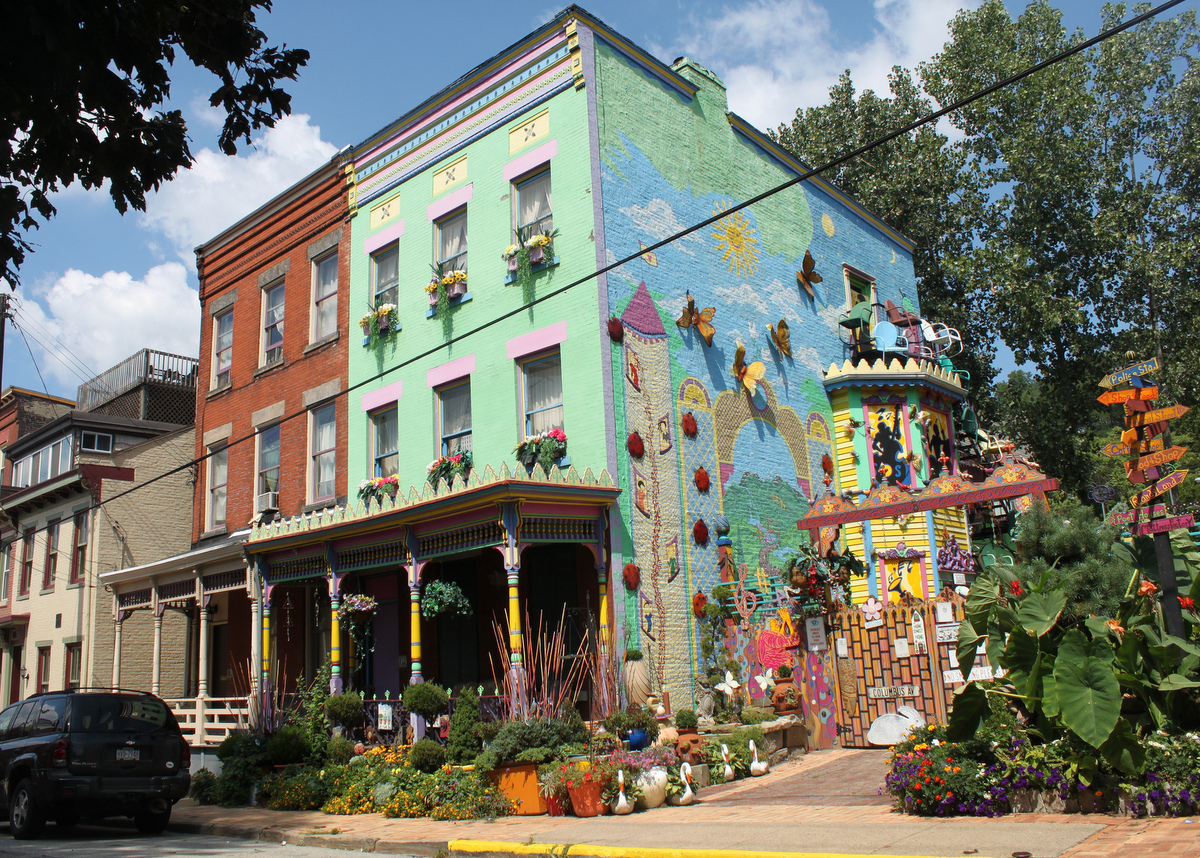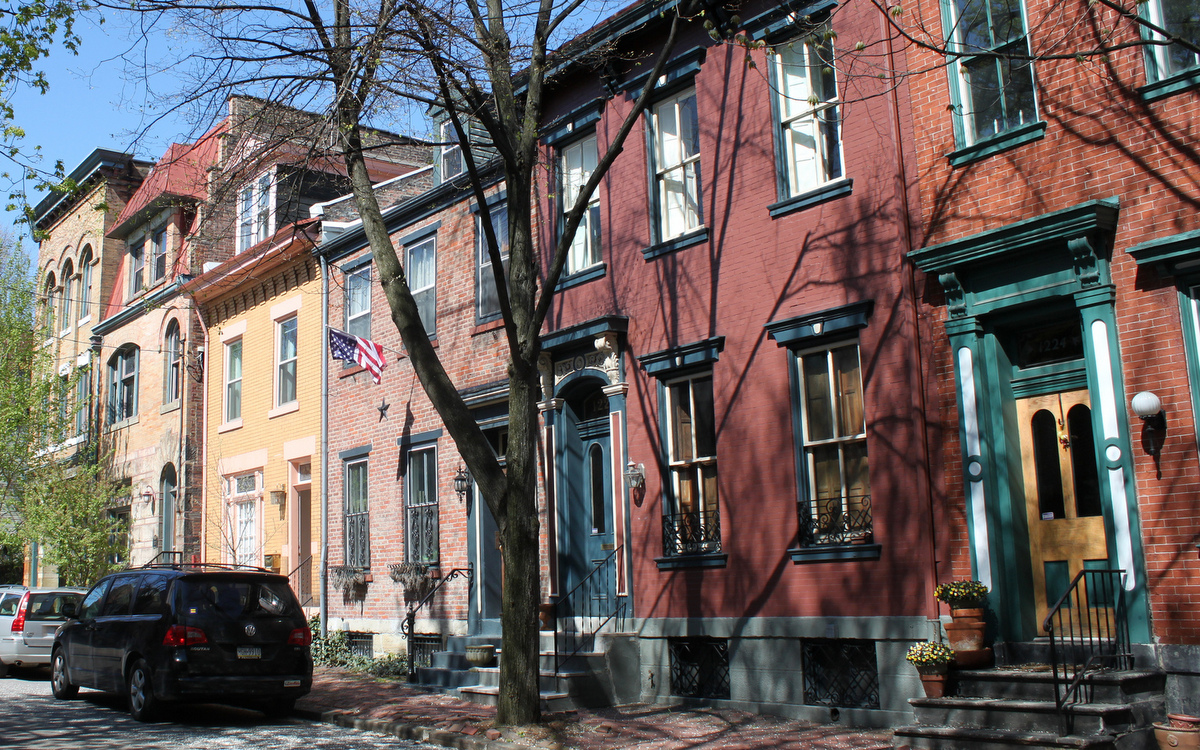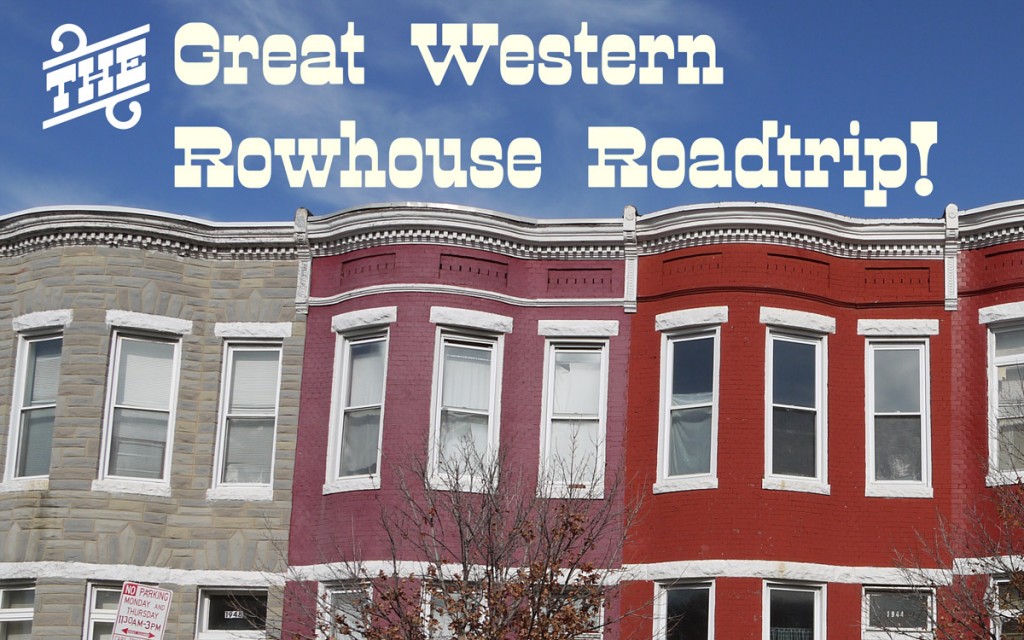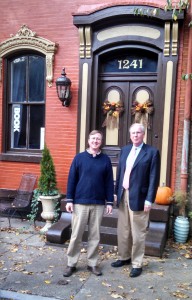For over five years, Baltimore Heritage has advocated for Baltimore’s Red Line light rail project and the positive impacts it offers for many of the city’s historic neighborhoods. Today, we are joining a broad coalition of nonprofits, businesses and community groups to ask for your help in supporting for this transformative project.
We believe that expanding public transportation is important for Baltimore’s revitalization and that the Red Line can be a powerful force in addressing vacant and underutilized historic buildings from Highlandtown to Harlem Park. In 2008, Baltimore Heritage committed to support the Red Line by signing the project’s “Community Compact” with dozens of other community organizations (PDF). In 2010, we expanded our commitment with the creation of our West Baltimore fieldwork program. Over the past four years, we have led tours, organized partnerships, and fought for strategic investments along the Red Line corridor, including at the Hebrew Orphan Asylum, American Ice Company, and Lafayette Square.
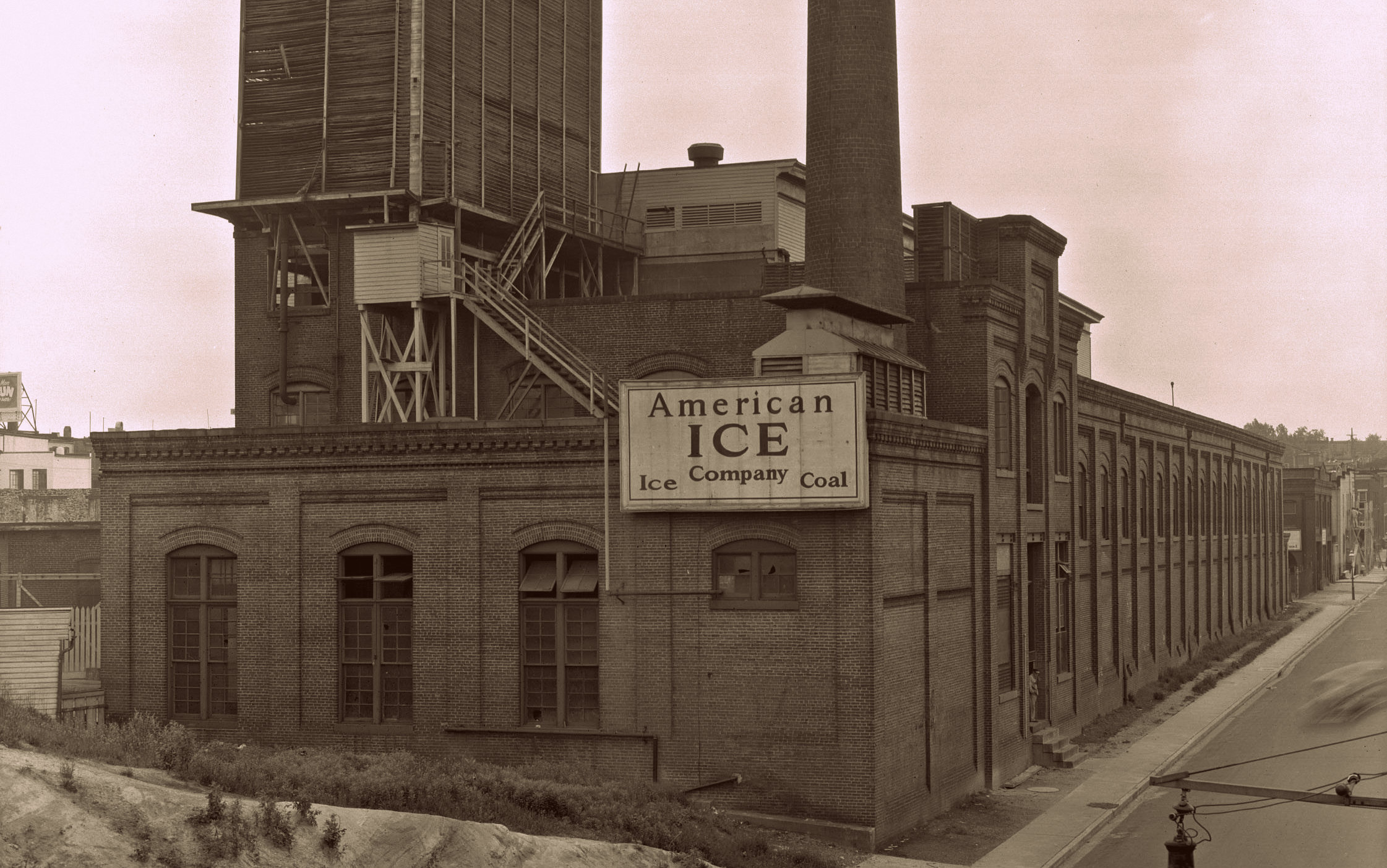
The Red Line has enormous potential to spur the reuse and rehabilitation of historic buildings, create new jobs and shape a brighter future for the residents of Baltimore’s historic neighborhoods. Learn more about the potential benefits of this project from Red Line Now.
We need your help to support the Red Line and Baltimore’s historic neighborhoods.
As new and returning elected officials begin to prepare for the General Assembly session in Annapolis this winter, please take a moment to reach out and share your support for the Red Line and historic preservation:
- Send an email to Governor-elect Larry Hogan at info@hoganforgovernor.com and share your thoughts on what the Red Line means for the future Baltimore’s historic communities.
- Send an email to your state senators and delegates and ask them to support or continue their support for the Red Line in the Maryland Legislature. You can look up your state senator and state delegates at MDElect.net.
To underscore the rich heritage and importance of the historic neighborhoods along the Red Line that we are working hard to save, we are excited to share our brand-new collection of digital and print publications: Landmarks on the Red Line. With printed brochures and digital tours, we are showcasing the history and architecture of this part of West Baltimore and hope to illustrate the importance of preserving historic buildings along the Red Line corridor. Please explore our digital histories and pick up a neighborhood brochure at an upcoming Baltimore Heritage event.
